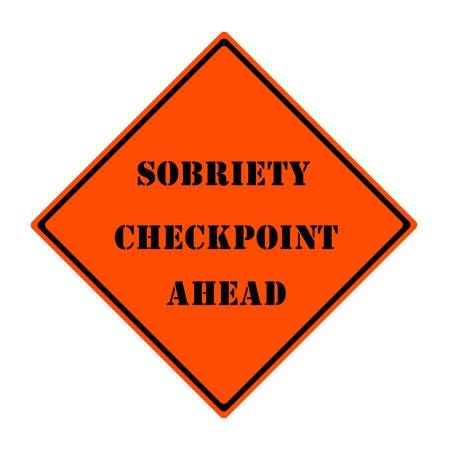 Keith Bell
Keith Bell
There is a boundary between addiction and recovery that marks the point of reciprocal passage between these two physical, psychological, and cultural worlds. This edge of recovery can be friend or enemy--friend when approached close enough during active addiction to hear its welcoming call, and enemy, when during recovery, we drift close enough to this edge to hear a different kind of beckoning call.
Some people enter recovery through a type of conversion experience that forever cleaves their lives into the categories of before and after. In such fortunate circumstances, one is unexpectedly, positively, and permanently changed at a most fundamental level in what can be experienced as a cognitive or emotional lightning strike. While there may remain considerable debris to clean up from one's life in addiction, such individuals often report never again experiencing the obsessive thoughts and sustained physical cravings that so often plague the earliest stages of recovery.
In contrast to such sudden experiences of transformational change, the journey from addiction to recovery for most people is marked by a state of ambivalence in which addiction has been destabilized but recovery not yet firmly established. What is simultaneously the edge of addiction and the edge of recovery constitutes the boundary of entrance to or egress from recovery. When one occupies this border region, the voices of addiction and recovery compete for our very soul. The image of the whispering devil on one shoulder and the whispering angel of our better nature on the other has long been used to portray this painful state of conflicted ambivalence.
Working one's way through that ambivalence is not a point-in-time decision but a long series of small and big decisions, each of which moves us closer to or further from the edge. Precovery is a recovery incubation period arising during active drug use that moves one from the center of addiction to the edge of addiction. Experiences within this stage prepare us for the potential break-up of the person-drug relationship and move us close enough to the recovery territory to feel its contagious pull. Brief sobriety experiments within this boundary region do not constitute sustainable recovery, but they have the potential to incrementally move us to the center of the recovery experience and the physical and cultural world in which that experience is nested. The center of recovery is a region of stability and safety within the recovery process.
What has traditionally been called "relapse prevention" is about assuring the stability of one's life within this center region of recovery. Put simply, you can't fall off the edge of recovery if you do not get close to it. The devil/monster/beast/dragon of addiction folklore sits at this boundary with inviting promises that appeal to weakened memories of the pain that lies behind the promised relief and pleasure on the other side. If you are close enough to hear the devil's voice, the edge is too near.
Recovery is about edgy people learning to live away from the edge, rooting oneself in the center of one's aspirational values and the recovery experience. Some have questioned the need for a definition of recovery. Without a definition, at least for oneself, there is no way to gage one's distance from the center and edge of recovery. Mindfulness in recovery is, in part, about understanding the meaning of recovery and maintaining daily awareness of one's position in relation to its edge and center.